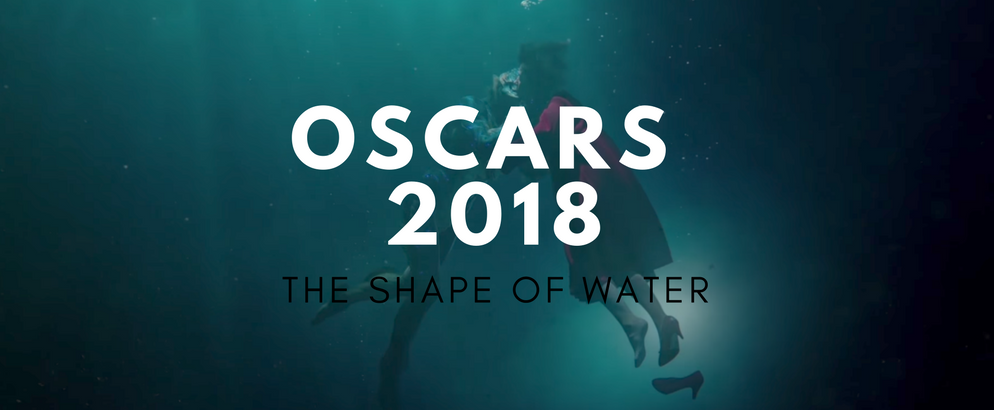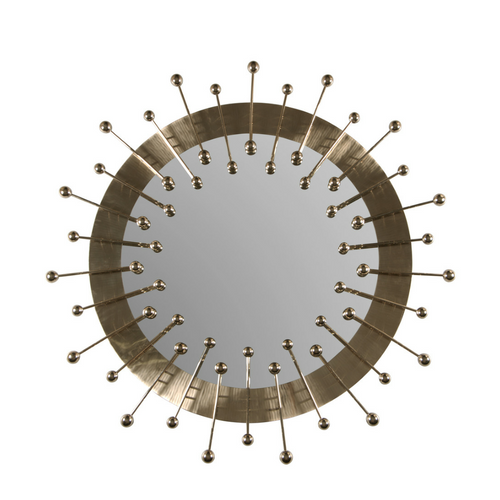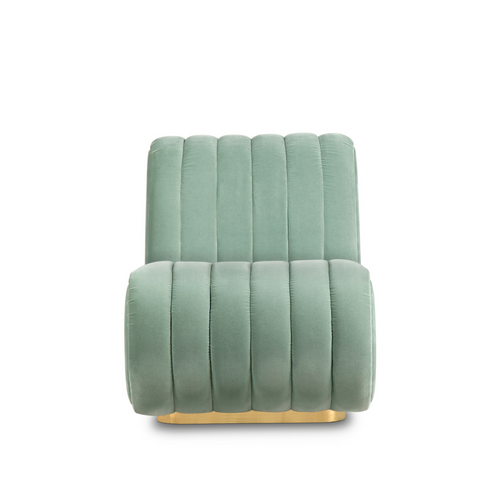The Shape of Water is the Guillermo del Toro movie we have been waiting for, and that we didn’t know we needed.
After years of creating worlds where strange creatures cohabit with the human species, Guillermo del Toro took us into another one of his wondrous worlds. One that could almost be farfetched, but that the thrilling storytelling tells us otherwise; a terrifying world filled with characters we can’t help but fall in love with. Today we’re getting inside the mind of its creators, and finding out all about how The Shape of Water came to be.
RELATED: OSCARS 2018: THE CAPTIVATING PRODUCTION DESIGN OF CALL ME BY YOUR NAME
Although Guillermo del Toro’s first intention was to shoot the movie in black-and-white, production costs ended up preventing the director from following his wish. For production designer Paul Austerberry, however, this was another story altogether. The designer had been wishing he could tell the Cold War tale in color, and the amazing result is now out for everyone to witness.

Of all the Best Picture nominees, The Shape of Water came at us in a way none of us expected, making us fall in love and cheering for these two unconventional protagonists to stay together until the end.
If you haven’t yet had the chance to watch this captivating and truly endearing fairy tale of modern times, let us take you on a spoiler-free journey… The Shape of Water tells us the story of Elisa, a mute custodian working at a Baltimore government facilty, and the Amphibian Man, a strange water creature that is captured and kept at the same facility to be studied by the Americans. Throughout the movie, you will catch yourself grabbing at the edge of your seat, or maybe even shedding a tear. A ride of emotions is guaranteed!

How did Paul Austerberry do it?
Academy Award-nominated production designer Paul Austerberry wanted to tell del Toro’s story in a way that would honor his fantastic storytelling, at the same time it brought us back to Earth, reminding us this is all happening in 1962, a time when the Cold War tension was probably at its peak. “It helped that there are these underlying problems and issues that are addressed by Guillermo when ‘America Was Great Again,‘” explained Austerberry.

Before starting with the actual production design, Austerberry and his team spent four weeks researching the period and how these Government labs operated and were set in the 1960s. They ended up choosing to go with a brutalist-themed architecture for the inside of the lab facility Elisa worked at, which contrasts with the 19th-century romantic interior design of Elisa’s own home.

“It sounds a little bit corny but [Eliza’s] apartment is shaped by water,” said Paul Austerberry to Collider.
As for the interiors, ironically, color ended up being one of the most important aspects. Paul Austerberry sat down with Guillermo del Toro and their costume designer before production began and they quickly decided on the color palettes that would be used to set the mood in the different settings, whether that be Elisa’s home, the lab, and every other set we come across.

Of course, water is also a very important element throughout the whole movie, and the production design team had to work around it. In the lab room where the Americans are keeping The Amphibian Man, there is a tank filled with slimy water that reflects onto the ceiling, creating a magical underwater reference to its viewers. Behind the tank there is also a pyramid-like pipe setting that was created to convey and emphasize the idea that this creature was considered to be a god in the Amazon.
Keep checking for more Academy Awards’ movies to come!
Photos by Kerry Hayes. © 2017 Twentieth Century Fox Film Corporation All Rights Reserved
Mid-century furniture that could have been inspired by The Shape of Water
READ MORE: THE 10 MOST POPULAR TV SHOWS RIGHT NOW, AND WHY WE LOVE THEM
WE HOPE YOU LIKED OUR ARTICLE. FEEL FREE TO PIN ALL THE IMAGES TO YOUR FAVORITE PINTEREST BOARD OR TO PRINT THEM TO USE ON YOUR MOOD BOARD. YOU CAN ALWAYS FOLLOW US ON THE GO! FIND US ON PINTEREST AND DON’T MISS A SINGLE BREATH.














